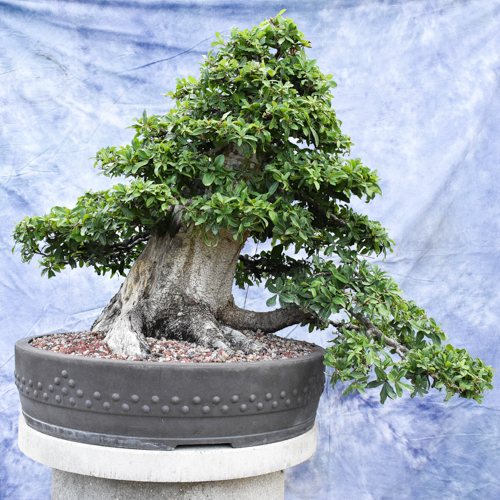California Oaks
There are about 20 species of oak trees native to California. They can be broadly divided into the white oak group (think valley oak, Quercus lobata) and the red oak group (think coast live oak, Q. agrifolia). Within each of these groups the species widely hybridize with each other, making species identifications a matter for experts. Confusing the matter further the leaf morphology can be highly variable from young to mature trees, and even within a single mature tree from the top to bottom of the crown. We also have the tan “oak” in northern California, which looks like an oak and produces acorns, but is not a true oak (genus Notholithocarpus). http://www.bssf.org/articles-and-stories/august-general-meeting-2/
https://ucanr.edu/sites/oak_range/Californias_Rangeland_Oak_Species/
So, for the purposes of this short article I’ll use Q. lobata as an example of the white oak group, and Q. agrifolia as an example of the red oak group. I’ll skip the tan oak since I haven’t seen much on its bonsai potential, but I’ll also briefly discussed Quercus suber, the cork bark oak, even though it’s not a California native. It does so well here we should consider it an adopted child.
Quercus lobata (valley oak) is the largest North American oak. It grows in the river valleys of California below 2,000 ft elevation. Its leaves are highly lobed and look more like most eastern oaks than many of the California species. It requires abundant water, and spends most of its energy early on developing a deep root system. It can easily be grown from acorns, but the root system should be pruned each year. If you let it go several years it will require a hard prune of thick roots, putting significant stress on the young plant. The leaves on a mature tree are large, but with proper management they will reduce significantly. The valley oak is less susceptible to sudden oak death (Phytophthora) than the red oaks. It’s dominance in the California landscape is threatened by livestock grazing (fewer new trees from acorns) and a general lowering of the water table. https://www.fs.fed.us/database/feis/plants/tree/quelob/all.html

The coast live oak (Quercus agrifolia) is much more commonly seen as bonsai. It is a member of the red oak group, and hybridizes broadly with other red oaks. Its leaves are more in scale for bonsai and will reduce further. They usually have a spikey edge, but with a variable shape. Coast live oak is very common within about 60 miles of the coast, and under 2,000 ft elevation. It can be grown easily from acorns, or collected in late winter through spring. Collectors recommend that most of the foliage be removed after collecting to manage water loss. It back buds extremely well. The tree makes use of extensive, horizontal roots near the surface, which makes it the least drought tolerant of California oaks. It is, however, quite fire resistant. It is, however, highly susceptible to sudden oak death (Phytophthora).
Phytophthora is a soil dwelling pathogen related to algae, and found extensively in California’s fog belt. Other plants host the pathogen in foliage, but oaks get infected trunks that quickly lead to the tree’s death. You can read more about it here: http://ipm.ucanr.edu/PMG/PESTNOTES/pn74151.html Treatment of forest trees is problematic, but fortunately for us preventative treatments are possible for pot grown trees. A product called Agri-Fos is available (https://www.amazon.com/Monterey-Agri-Fos-Disease-Control-Fungicide/dp/B0018C6N14/ref=sr_1_1?ie=UTF8&qid=1539820523&sr=8-1&keywords=agri-fos&dpID=51uCQBvL7FL&preST=_SY300_QL70_&dpSrc=srch)
Members from many of the local bonsai clubs have excellent examples of what can be done with the coast live oak. There are many large, dramatic trees to view (see the Lake Merritt bonsai collection), but I can say from personal experience that Q. agrifolia can be worked as shohin very easily.
Finally, the cork oak, Quercus suber, is included here as an honorary California oak because it is such a rock star for our bonsai community. It is native to Portugal, Spain and other parts of the western Mediterranean, and is the source of commercial cork for wine corks, etc. This material is commonly available locally, and is prized for the exuberant corked bark on the trunk and major limbs. It can be a little touchy about initial root work so take care in the transition from nursery pot to a training pot. It takes to pot culture and back buds extremely well. Trees can have a bit of a reverse taper right at the soil like, as the corked bark doesn’t develop below the soil surface. But once exposed it barks up again. Most cork oaks you’ll see are fairly large bonsai, but the trunks will cork up at a relatively young age (thumb sized diameter), so shohin are certainly possible.
In general California oaks are a great choice for bonsai material. They are readily available, well adapted to our climate and are rewarding to work with.

